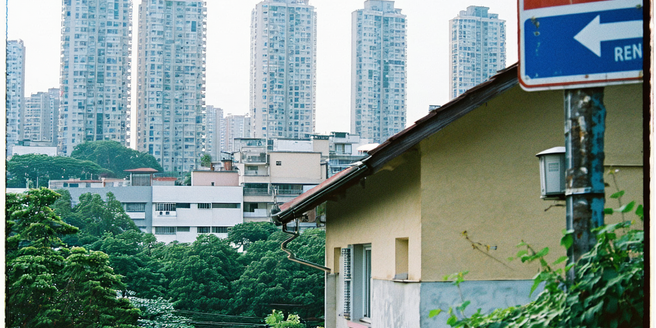High Rent And Quality Of Life

Understanding the Link Between Rent and Quality of Life
High rent can significantly impact an individual’s quality of life. Living in areas with high rental prices often correlates with access to better amenities, including schools, parks, and cultural institutions. However, high rent places a financial burden on residents, potentially leading to financial stress. When a large portion of income is devoted to rent, there may be less available for other necessities such as food, healthcare, and leisure activities. The perception of improved quality of life through living in sought-after areas must be weighed against the strain of perhaps having less disposable income. Understanding this link is essential for individuals making decisions about where to live and for policymakers aiming to create sustainable communities.
Factors Contributing to Rising Rent Prices
Several factors contribute to the rising rent prices observed in many urban areas. Increasing demand for housing in cities, spurred by urbanization, leads to higher rental costs. Additionally, the cost of land, property taxes, and maintenance expenses play a role in driving up rent prices. Economic conditions such as low-interest rates can also influence rents, as they make purchasing property more attractive, reducing available rental supply. Furthermore, gentrification and the influx of high-income tenants into formerly affordable neighborhoods contribute to price hikes. Understanding these factors can help renters anticipate market trends and equip policymakers with insights to address housing affordability challenges.
Assessing Quality of Life Beyond Financial Costs
When evaluating quality of life, financial costs are just one aspect to consider. Health, safety, social connections, and personal fulfillment are also critical components. A high-quality life might include strong community ties, access to nature, career satisfaction, and leisure time. Engaging in regular activities that bring joy can significantly enhance one’s overall quality of life. While rent is a substantial financial commitment, finding balance by investing in areas that enhance overall well-being can offset high housing costs. It’s important to assess what aspects of life are most valued and find ways to maximize them, even if living in a high-rent area.
Regional Variations: Rent and Living Standards
Regional variations in rent prices and living standards can have significant implications for residents. Urban centers often have higher rents due to the promise of better job opportunities, services, and infrastructure. Conversely, rural areas may offer lower rent but could lack certain amenities. It’s important to weigh the cost of rent against the availability of essential services and quality of life. The choice of region impacts lifestyle, social networks, and access to necessary services. Each region presents a unique set of advantages and challenges that prospective residents need to evaluate. This evaluation is crucial for making an informed living decision that aligns with one’s personal and professional aspirations.
Balancing Desires and Financial Constraints
Balancing personal desires with financial constraints is a perennial challenge in seeking a suitable place to live. While individuals may yearn for the conveniences and prestige of high-rent areas, it is essential to consider the long-term financial implications. Analyzing the potential for future income growth can also play a crucial role in these decisions. Developing a clear understanding of priorities—whether it’s career opportunities, family needs, or lifestyle preferences—can guide decisions that align with both desires and budget. Creating a realistic financial plan that addresses current and future needs can prevent the pitfalls of overspending on rent, ensuring sustainable and satisfying living choices.
Strategies for Enhancing Quality of Life Despite High Rent
Despite high rent, numerous strategies can enhance one’s quality of life. Prioritizing connections with community through local events, volunteering, or social groups can create a sense of belonging. Building a strong support network can significantly improve overall well-being. Embracing creative budgeting by identifying discretionary expenses and reallocating them to activities that bring joy can also help. Simplifying possessions and investing in experiences over material goods may provide greater satisfaction. Exploring affordable or free leisure options, like parks and cultural sites, can enhance personal happiness without significant financial outlay. These strategies enable individuals to lead fulfilling lives even when faced with high rental costs.